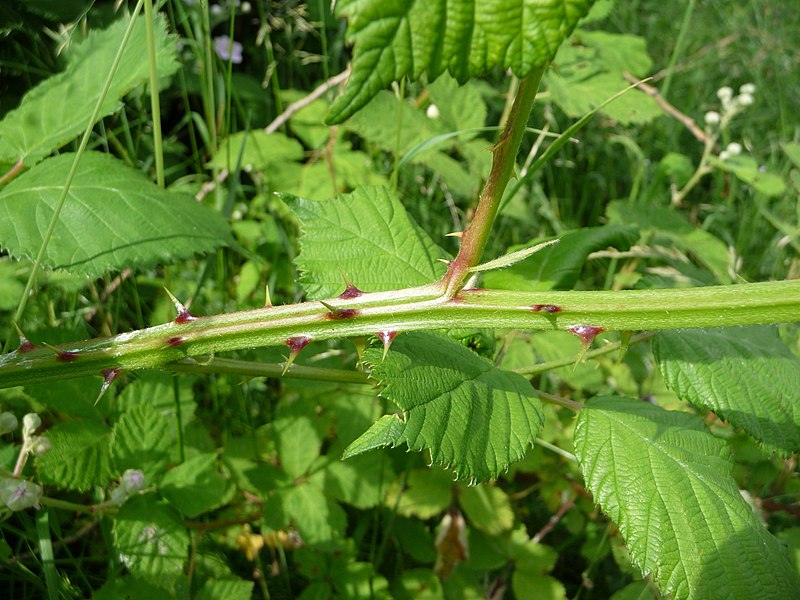Vancouver Island’s Green Invaders: How Non-Native Plants Are Reshaping the Coastal Landscape
The turf war waged at ground level
Need help with your yard? Get your free quote today!
Get a Free Quote!
There’s a quiet struggle unfolding beneath the towering cedars and Douglas firs of Vancouver Island—an ecological turf war waged at ground level. Long heralded for its lush rainforests and verdant coastline, this Pacific gem is finding its native flora increasingly overshadowed by some decidedly unwelcome guests. Invasive plant species, from Scotch broom to Himalayan blackberry, are marching steadily across the landscape, crowding out the island’s indigenous plants and challenging efforts to preserve local biodiversity.
For decades, Vancouver Island’s unique environment has made it an ecological haven. Moderate temperatures and abundant rainfall foster one of North America’s most diverse temperate rainforests, giving rise to iconic wildlife and rare botanical treasures. Yet these very conditions that nurture the region’s natural wealth are also enabling foreign invaders to thrive—and to do so without the checks and balances found in their homelands.
Take the iconic Scotch broom, introduced as an ornamental plant in the mid-19th century and quickly spread as road crews inadvertently scattered its bright yellow seeds. Today, you’ll find it painting swathes of the island’s roadsides and meadows in that signature hue. Its stubborn roots fix nitrogen, altering soil chemistry, and outcompeting slower-growing native species. The result: less diversity, fewer native wildflowers and shrubs, and a cascading effect on pollinators and herbivores that once relied on a richer tapestry of food and habitat.
Likewise, Himalayan blackberry—once regarded as a gardener’s delight—has established dense, thorny thickets that choke out native undergrowth. While beloved by some for its abundant berries, ecologists caution that what might seem like a boon for foragers is in fact an ecological dead end for many local species. These thick brambles prevent smaller native plants from accessing the sunlight and space they need to survive. Over time, the forest floor can morph into a monoculture dominated by a handful of hardy invaders.
English ivy is another culprit. Its dark green vines, spiraling aggressively up tree trunks, can eventually smother the canopy, weakening native trees and leaving them vulnerable to windfall and disease. Once these towering sentinels of the forest fall, light floods in, further encouraging the proliferation of invasive understory plants—a vicious cycle that reshapes the entire ecosystem from top to bottom.
The economic ramifications are significant as well. Land managers, conservation groups, and municipal authorities are pouring time, labor, and money into removing these species. For farmers and foresters, invasive plants reduce yields and productivity, forcing some to adopt costly control measures. On a tourism-heavy island where nature is a primary draw, degraded landscapes can eventually dim the region’s long-held reputation for pristine beauty.
But solutions are taking root. Local conservation organizations, often working with Indigenous communities who possess generations of ecological knowledge, have launched coordinated removal efforts and public awareness campaigns. Volunteer crews regularly converge on problem areas, hauling out armfuls of ivy or painstakingly pulling broom seedlings before they mature. Some organizations are experimenting with biocontrol methods—introducing carefully vetted insects or fungi that target specific invasive species without harming native ones.
Education is another crucial piece of the puzzle. In local schools, children learn about the value of native species and the dangers posed by ecological interlopers. Tourists and new residents are encouraged to clean boots and boats to prevent inadvertently transporting invasive seeds. Meanwhile, horticulturists are urging homeowners and landscapers to think twice before planting non-native ornamentals that might escape into the wild.
If there’s a silver lining, it’s the renewed sense of stewardship emerging among Vancouver Island’s communities. The very plants that threaten the island’s ecological integrity have sparked conversations about what it means to protect, preserve, and restore a cherished landscape. The careful orchestration of human effort—removal, replanting, and reshaping policies—could chart a path to a healthier, more resilient ecosystem.
In the end, the story of Vancouver Island’s invasive plants is one of relentless change. It’s a cautionary tale about the unintended consequences of introducing seemingly benign species into environments where they don’t belong. But it’s also an opportunity: a chance for residents, conservationists, and policymakers to come together to safeguard the island’s distinctive character. Because when it comes to keeping Vancouver Island green—and truly local—every root pulled, every vine cut, and every native seed sown can shift the balance back toward nature’s original design.
